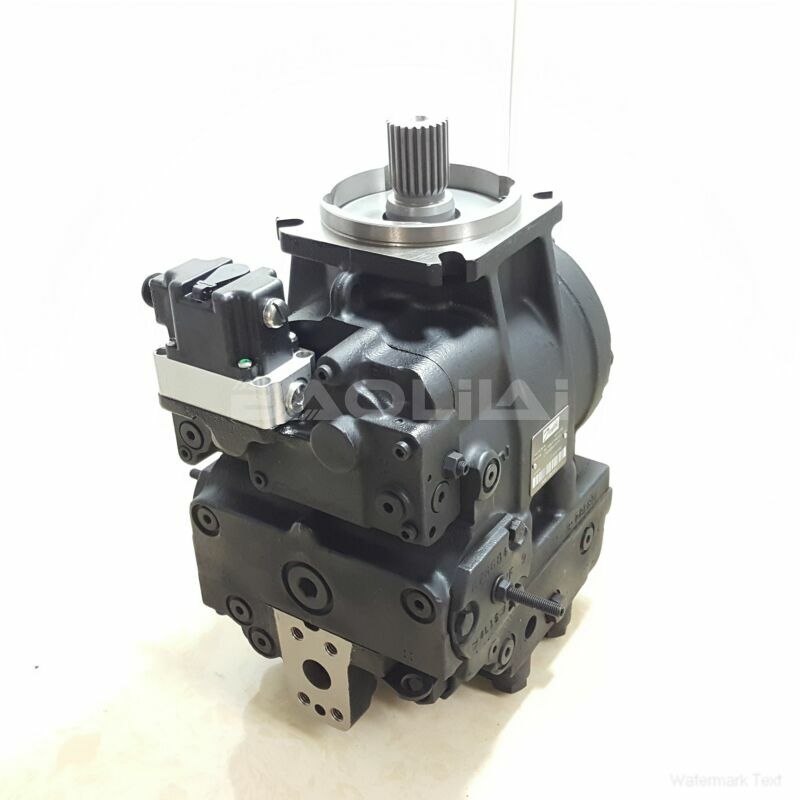90L055KA1AB60L3C6C03GBA383824 danfoss pump
90L055KA1AB60L3C6C03GBA383824 danfoss pump

- Product Details
- Applicable Scene
The construction industry relies heavily on various types of machinery and equipment to ensure efficient and effective project execution. Among the essential components that enable these machines to perform optimally are hydraulic oil pumps. These pumps play a crucial role in powering grading and compaction equipment, allowing for precision and reliability in construction applications.
90-L-055-KA-1-AB-60-L-3-C6-C-03-GBA-38-38-24
90L055KA1AB60L3C6C03GBA383824
Hydraulic oil pumps are responsible for converting mechanical energy into hydraulic energy, which drives the machinery’s functions. When designing hydraulic pumps for grading and compaction equipment, several key factors must be considered to achieve optimal performance and reliability.

9422070
First and foremost, the pump’s flow rate and pressure ratings are critical. Grading and compaction processes require both high pressures and a consistent flow of hydraulic fluid. The design of the pump should accommodate the specific requirements of the equipment it serves, taking into account the types of tasks that will be performed. For example, compactors may demand a higher pressure for effective soil compaction, while graders might require controlled flow rates for precise surface finishing.
Material selection is also vital in pump design. Hydraulic pumps are subjected to extreme pressures and temperatures, making it necessary to choose durable materials that can withstand wear and tear. Common materials include high-strength alloys and composites that provide resistance to corrosion and erosion. Moreover, seals and gaskets must be designed to prevent leaks and maintain hydraulic pressure within the system.
In addition to mechanical factors, the design should prioritize energy efficiency. Given the growing emphasis on sustainability in construction, manufacturers are increasingly focusing on creating hydraulic pumps that consume less energy while maintaining performance. Innovations in pump design, such as variable displacement pumps and electronically controlled systems, can lead to reduced fuel consumption and lower operating costs.





